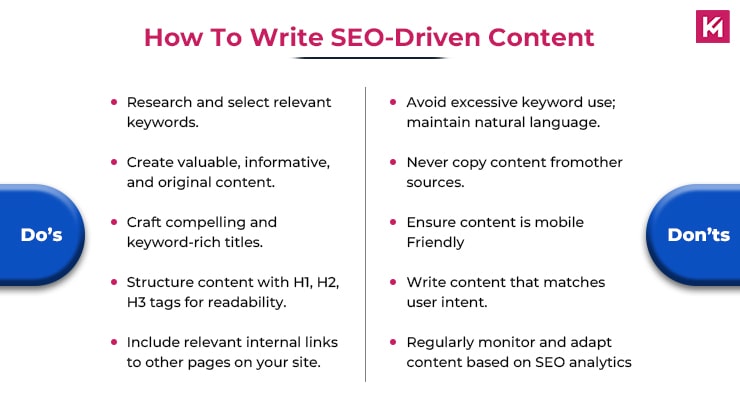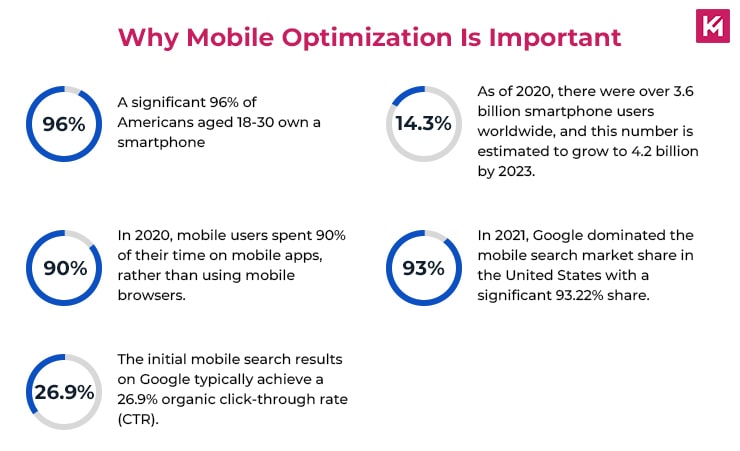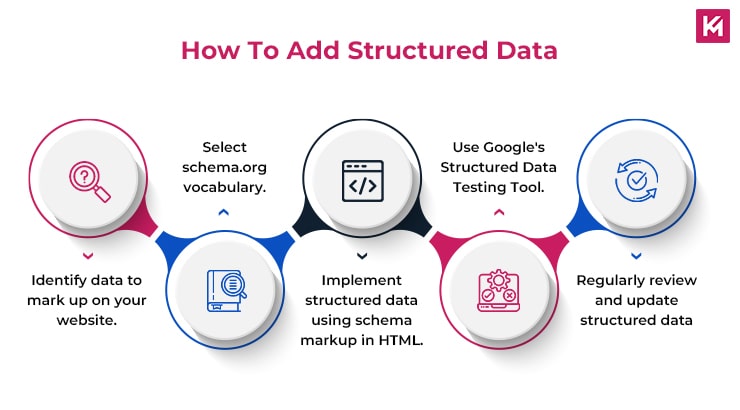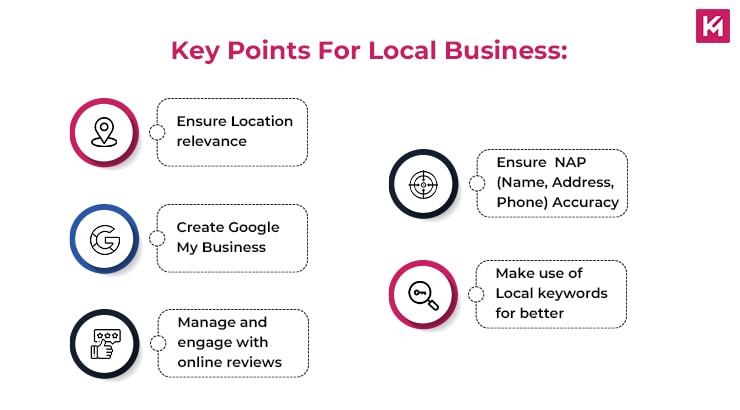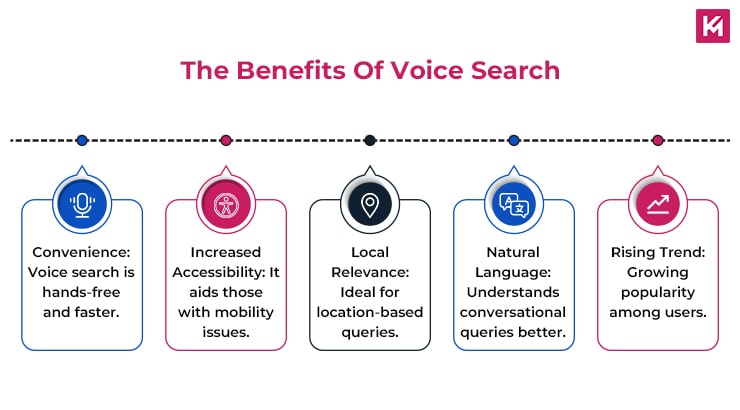Do you remember how Google search results looked a few years back for your search queries? If you do, then you might have felt a significant difference in the search results we get today.
Earlier, search engines could not provide accurate and relevant results in search results to the queries of the users. This began to change with the rollout of Google’s Hummingbird Update. The main goal of this update was to understand the search queries of the users and then provide an answer that satisfies the same.
This blog will help you understand the importance of Hummingbird updates in the betterment of the Google search that we know today.
Let’s begin,
What exactly was Google’s Hummingbird update?
Google’s Hummingbird update was a rewrite of its core algorithm. The update was rolled out by Google in September 2013, but it started to show effects a month prior to this. This update helped Google to better understand the intent and context of the user’s search query to provide accurate search results.
The old Google search algorithm was used to match the keywords in the users’ queries and the web page to deliver results to the users. This approach led to limited and sometimes inaccurate responses to the serach queries made up by the users. But this changed when Google started to focus on the meanings and relationships of words for delivering search results with the Hummingbird update.
Hummingbird update can be stated as the biggest update since 2001. But did you know being a wide-scale change, the impact was almost unnoticeable in the beginning? However, the update was critical for the innovation of future search features. For example, Knowledge Graphs benefited from the improvement in the NLP technology of Google.
What are the key features of the Hummingbird update?
Below are some of the key features of the update that allowed Google to shape the search experience of its users.
1. Conversational Search:
With the Hummingbird update, Google got better at understanding and interpreting the meaning of conversational search queries. These queries contain long-tail keywords that mimic the way humans talk to each other.
So, instead of just focusing on short keywords, it could now understand the context and the intent behind these long queries.
2. Semantics Search:
Semantic search is one of the most critical features of the Hummingbird update. Gone are the days when Google used to mix up the search intent of the user’s query. Now, Google, while delivering search results to its users, matches the intent rather than the search language. The semantic search ability of Google enables it to understand the very context of the phrase or keywords used by the users to deliver results.
To illustrate this, let’s take an example. Type a conversational keyword such as What are the Chinese restaurants near me? For this query, Google’s Natural language processing technology will try to establish relations between the Chinese, the restaurant, and near-me words to fetch relevant and accurate information to the users.
3. Entity-based search:
Another important aspect of the Hummingbird update is that it allows Google to enhance its understanding of entities. An entity could be the place, person, thing or concept in a content. This search feature has helped Google connect entities and provide more contextually relevant results.
For Example, Suppose you search for Picasso’s painting on Google. Here, the search engine would recognize Picasso as an entity and satisfy the user’s intent to learn and see some of his famous works.
What was the impact on SEO practices?
Hummingbird update had a significant impact on the practices that come under the scope of Search Engine Optimization. SEO strategies which were effective once became less effective and were replaced with new ones. Below are some of the ways by which this update changes the way SEO practices operate.
1. Content is the King:
No matter what updates Google comes up with, valuable and quality content will always be the factor that will help websites rank. With the emphasis on semantic and entity-based search, the demand for high-quality saw a high demand. This means content that was of low quality held no SEO value.
So, to grow and thrive in the post-Hummingbird update, website owners need to create content that satisfies the search purpose of the users. Ensure that you do not add keywords forcibly, as this will, in turn, reduce the quality and the readability of the content.
2. Long-Tail Keywords and User Intent:
Understanding the search intent of the users became critical for success in the online world. The website owners looked to create content that matched and satisfied the users’ search queries.
Instead of using generic keywords, SEO professionals started using long-tail keywords that aligned with their specific questions or needs. This approach helped websites to attract and capture high-quality traffic and a higher chance of conversion.
3. Mobile optimization:
The Hummingbird update came at the same time when the rise of mobile devices to explore the internet was getting popular. Google realized this trend and was proactive to feature websites that provided better user experience on mobile devices. In contrast, websites that weren’t optimized for mobile usability saw a drop in their search engine rankings.
Mobile optimization, which includes responsive design and mobile-friendly user experience, became critical for SEO success.
Did you know?
4. Structured data:
To help Google better understand the content of your website, it becomes imperative to leverage structured data. This technology provides a defined structure to mark up content elements such as products, reviews, recipes and more.
Website content that is optimized for structured data is more likely to rank higher on the search engine result pages. This is because Google could display the structured part of your content as a knowledge graph or featured snippets.
5. User experience matters:
User experience became a significant ranking factor after the rollout of the Hummingbird update. Google favoured websites that provide better UX to its users for search engine rankings. Fast loading speed, easy navigation, and responsive design were some of the factors that were required for ranking high on the SERP for Google.
This shift led to the focus on website speed, natural website architecture, mobile optimization and a few more. Elements such as interstitials or pop-ups, which reduced the UX of the visitors, were eliminated.
Impact of Google’s Hummingbird update on local and voice searches
1. Local Search:
Hummingbird update helped Google to better understand the local search queries made up by the locals. This, in turn, helped search engine giant Google to provide more precise location-based results to the users.
Local businesses saw enhanced visibility when better business information was displayed on the SERP. In addition to this, schema markup and structured data became important for Local SEO. For example, when you search for services near you, Google will provide you with local results that satisfy your search purpose.
2. Voice Search:
Hummingbird Update helped in the evolution and speedy development of voice search technology. This was due to the focus of the update on conversational search queries by the users. With this development, users could use natural speech-language to get information from virtual assistants such as Alexa, Siri or Google Assistant.
This way, voice search results became more context-aware and relevant. The update encouraged users to ask questions in a more conversational manner to get the desired result.
Final Words!!
In the end, the Hummingbird update changed Google for the better. With this update, Google was able to understand the real meaning behind the words and the intent of the users’ queries. By doing so, it was able to provide accurate and relevant answers to the target audiences.
Hummingbird update also helped Google to understand the queries that are conversational in nature. This update allowed users to ask questions in natural speech to get a more specific answer to their queries.
To succeed in the post-Hummingbird era, website owners need to optimize for quality content, user intent, and mobile usability, among a few more. An approach like this can help them reap the benefits of search engine optimization and engage their target audiences with their brands.
Finally, if you are someone who wants to optimize their website for SEO benefits consider Google updates. No matter if the updates are old or new they can teach you valuable lessons about the ways on which you can walk to achieve success and prosperity.
Kinex Media is a source that can take good care of your needs regarding more detailed information about Google Hummingbird. Contact us. We are always there for you.


